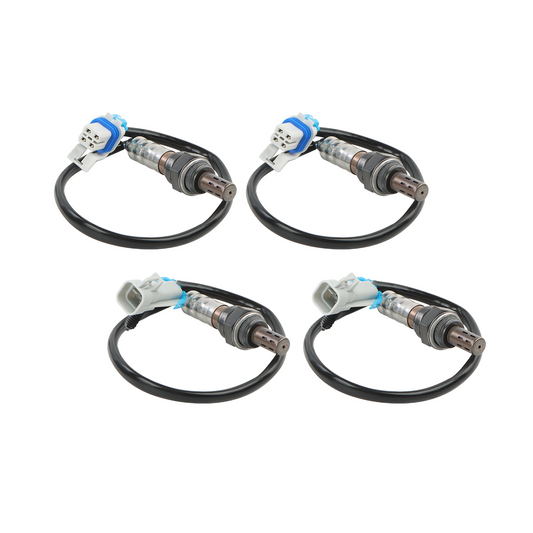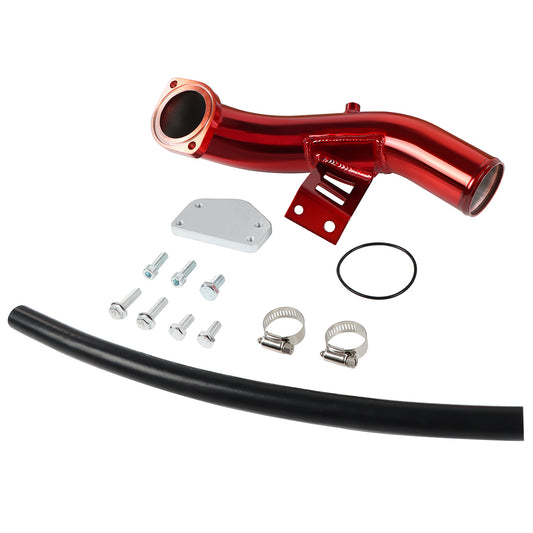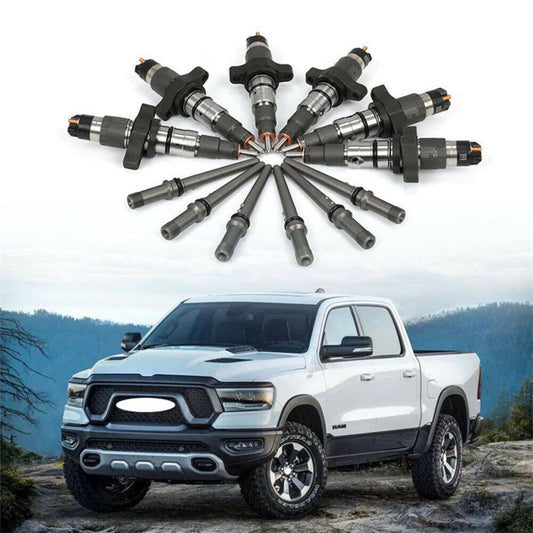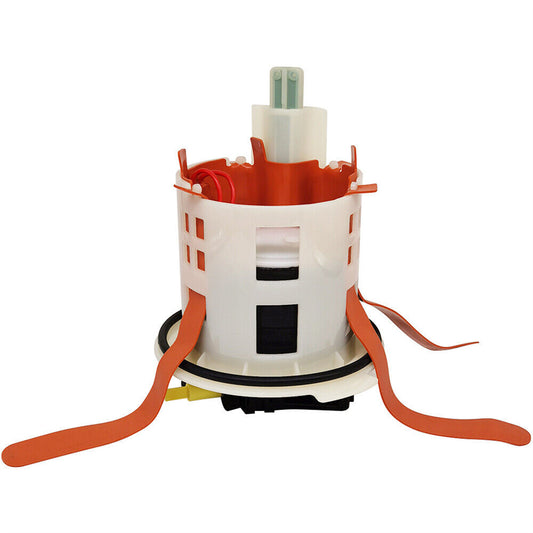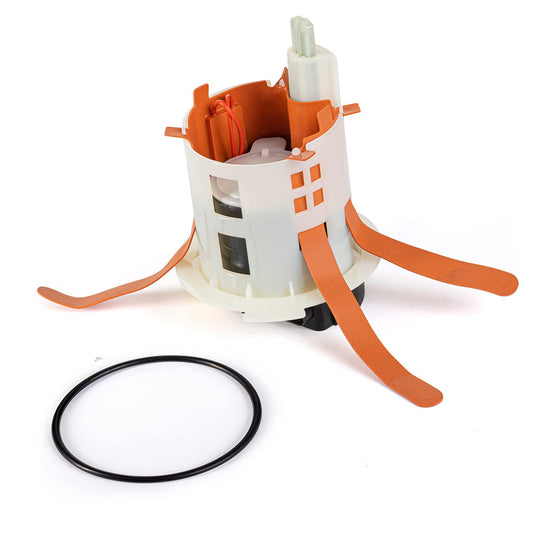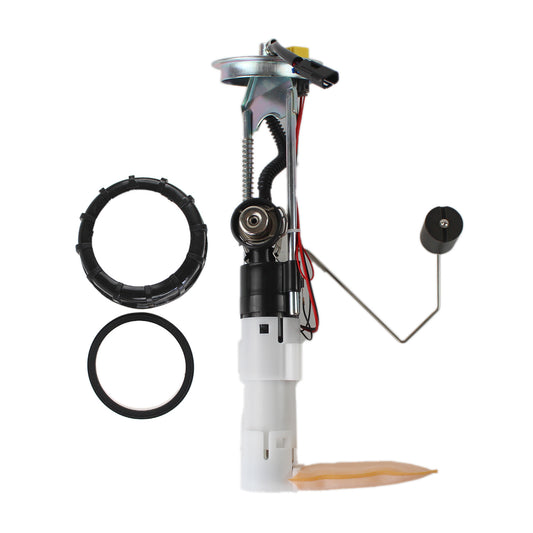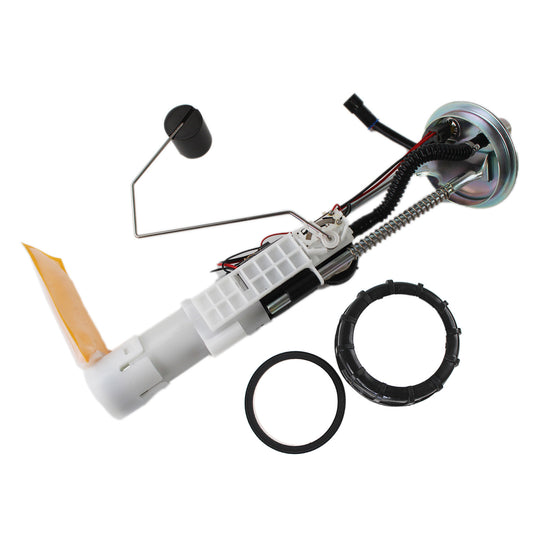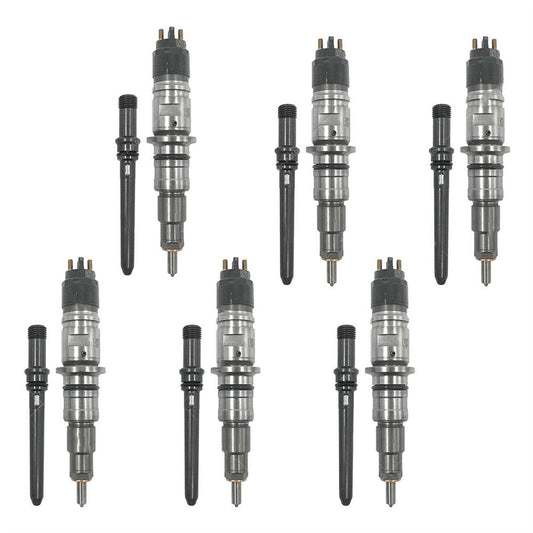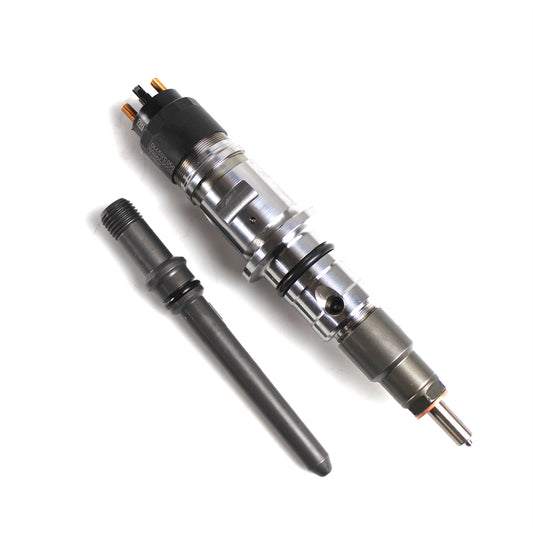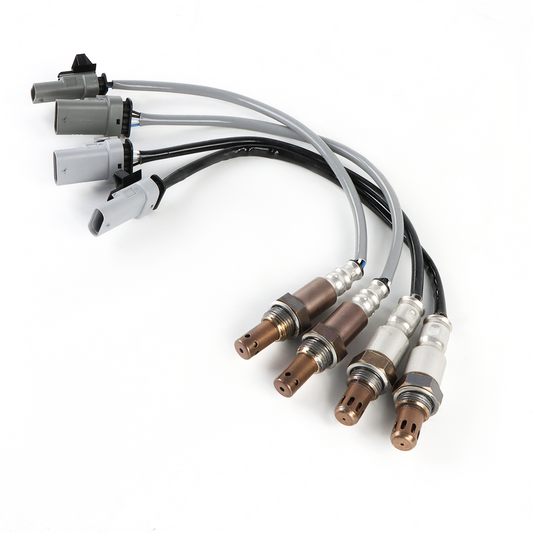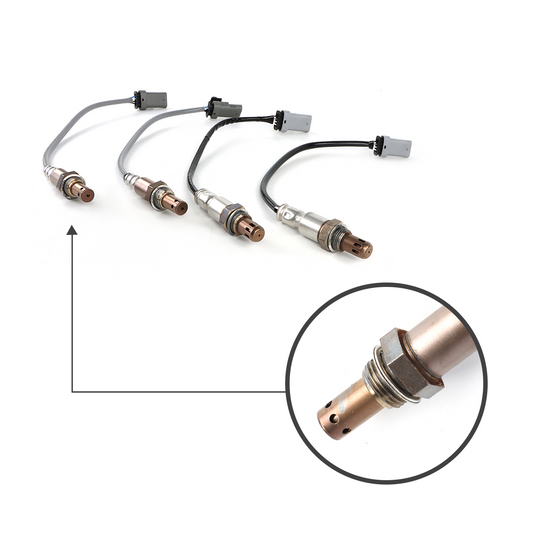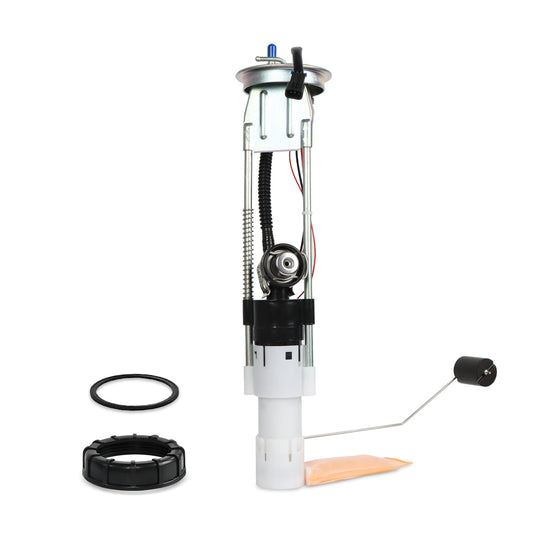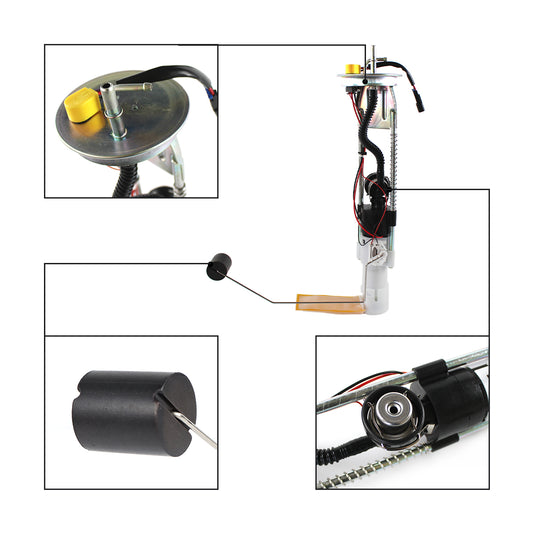Timing Chain vs Timing Belt: Understanding the Differences and Making an Informed Choice for Your Engine
Introduction:
Timing chain vs timing belt is a popular and highly searched topic among engine enthusiasts. This comprehensive guide aims to provide a clear understanding of the distinctions between timing chains and timing belts, empowering engine owners and potential buyers to make informed decisions.
The Difference of Timing Chain vs Timing belt
Design and Construction:
Timing Chains: Built with interlocking metal links, timing chains offer durability and strength. They are made from high-quality steel, capable of withstanding high engine loads without stretching or breaking.
Timing Belts: Constructed from reinforced rubber materials, timing belts provide flexibility and lightweight operation. However, they have a limited lifespan due to wear and aging.
Performance and Reliability:
Timing Chains: Known for their precise valve timing, timing chains ensure accurate synchronization between the camshaft and crankshaft. They excel in high-performance engines, delivering consistent power output and improved efficiency.
Timing Belts: While quieter during operation, timing belts may experience slight fluctuations in valve timing over time, affecting engine performance and fuel economy.
Maintenance and Replacement:
Timing Chains: Timing chains require minimal maintenance and have a longer lifespan compared to timing belts. Periodic inspections and tension adjustments are necessary to ensure optimal performance.
Timing Belts: Regular inspection and timely replacement are crucial for timing belts to prevent sudden failure, which can lead to severe engine damage.
Cost Considerations:
Timing Chains: Although the initial cost of a timing chain system may be higher, its durability and reduced maintenance requirements offer long-term cost savings.
Timing Belts: Timing belt systems have lower initial costs but require periodic replacements, adding to the overall ownership expenses.
Conclusion:
Understanding the differences between timing chains and timing belts is essential for engine owners and buyers. Timing chains offer durability, precise valve control, and longer lifespan, making them suitable for high-performance engines. Timing belts provide quiet operation but require regular maintenance and replacement. By considering these distinctions, you can make an informed choice for your engine's timing system.
Note: Consult with vehicle manufacturers or trusted mechanics to determine the specific timing system used in a particular engine model before making any decisions or modifications.
Can Your Car Utilize Both Timing Chain and Timing Belt Simultaneously?
For a specific vehicle model, it is typically designed to use either a timing chain or a timing belt, but not both. The choice between a timing chain and a timing belt depends on the manufacturer's decision during the design and manufacturing process.
In general, high-performance engines and larger vehicles tend to utilize timing chain systems due to their durability and reliability, which are required for more demanding working conditions and performance requirements.
Smaller or economy vehicles may opt for timing belt systems as they are relatively inexpensive and offer quieter operation. However, regular replacement is necessary to maintain optimal performance.
It is important to note that if you have any specific inquiries about a particular vehicle model being sold, it is recommended to refer to the technical specifications provided by the vehicle manufacturer or consult with the dealership to confirm the type of timing system used. This will ensure that you have a clear understanding of the maintenance requirements and make informed decisions.


